The content of the article
Most patients with impaired absorption of glucose in the blood use alternative methods in treatment, including trying to use medicinal herbs and berries. Meanwhile, doctors recommend using phytotherapeutic methods only as additional measures. Unfortunately, in nature there are no “universal” plants, berries, or collections that have one hundred percent healing properties and could fully cure people of endocrine or any other diseases. The main method of diabetes therapy is insulin sessions, strict and regular monitoring of the diet.
Not all types of fruits and berries are allowed to eat for diabetics. However, lingonberries are not included in this category. This is one of the most useful berries, which is a real vitamin storeroom. The composition of lingonberries includes valuable substances, so it is recommended that the berry be added to food, cook dishes, compotes and desserts, as well as taking preparations that indicate the content of its components.
Berry description
Lingonberry is known to us in the form of a low evergreen shrub, the branches of which are prone to branching. This perennial can reach a height of about 20 cm, has leathery and shiny leaf blades growing from the petiole base. The flowers resemble the shape of bells. The flowering period begins, usually in late spring. In place of wilted buds, red fruits are formed, characterized by a pronounced taste with a sour note. Their maturation occurs in August or early September.
In the wild, lingonberries can be found in tundra forests or in regions located in temperate climatic latitudes. A couple of centuries ago, breeders began to cultivate the berry in order to plant it in garden plots. By decree of the supreme Russian ruler, lingonberries began to be grown near St. Petersburg. However, the first successes in cultivation appeared only at the end of the last century. Since the late 60s, such berry plantations began to be planted not only on Russian lands. Breeding started in Belarus, Poland, Finland and even in the USA. In a short time, breeders managed to achieve a high yield on plantations, which could not be compared with picking berries in the forests.
Why is this berry good for diabetics?
It contains pectin and tannins, malic and citric acid, carotene, carbohydrates. Among vitamins in the first place are vitamins of groups B, C, A. Brusnik is rich in trace elements such as calcium, magnesium, potassium, manganese, iron, phosphorus. Due to the high content of benzoic acid, which is considered a unique natural antibiotic, it retains freshness for a long time and does not deteriorate.
In cowberry leaves there is tannin, arbutin, tannins, carboxylic, tartaric acid. In addition, ascorbic acid acts as an important component, which stimulates many processes in the body and takes part in oxidative reactions. Seeds contain linoleic and linolenic fatty acids. These unsaturated fatty acids are able to restore muscle tissue and prevent the formation of fatty deposits.
Treating diabetes with cranberries
All of the above properties give reason to argue that lingonberry is a healthy plant with valuable taste and healing qualities. Fruits have a low glucose content. For patients with diabetes, which belong to the 1st group, regular administration of insulin is required. Lingonberry accelerates its action and lowers blood sugar. As a result, better absorption of insulin-like substances occurs, and the body recovers faster.
According to endocrinologists, during the season, when the berries ripen, daily it is necessary to eat 1 tbsp. lingonberries. Reception can be divided into 2-3 times. It will be a great addition to any dessert. Due to the high content of vitamins, the berry is recommended for patients with mild diabetes.
- Recipe: 1 tbsp. 300 g of water are added to the dried and crushed leaves, brought to a boil and boiled for several minutes, then insisted and filtered. Half a glass of medicinal decoction is taken 3-4 times daily.
In most cases, patients with diabetes suffer from high blood pressure. Berry lingonberry infusion comes to the rescue. - Recipe: 2-3 tbsp rub the berries until gruel and pour over boiling water. The medicine is insisted for a quarter of an hour, filtered and drunk a couple of times a day.
Medicines made from lingonberry fruit help control your blood sugar. - Recipe: 1 tsp the dried raw material is poured into a glass of boiling water and filtered after 20 minutes after the broth is infused. It is recommended to take it every day before breakfast, lunch and dinner in the amount of 3-4 tablespoons.
- Recipe: for three glasses of water take 3-4 tbsp. berries. After two minutes of boiling, the broth is cooled and filtered. 200 g of the broth should be drunk regularly after meals, until the sugar content is normalized.
The important healing properties of lingonberries include the ability to tone, accelerate wound healing, and prevent the development of scurvy. In diabetes, leaves are also used, which are used as an antiseptic and diuretic.
In folk medicine, decoctions of lingonberry leaves are prescribed for cystitis, osteochondrosis, arthritis and kidney stone disease.
Video: the benefits of lingonberries in diabetes

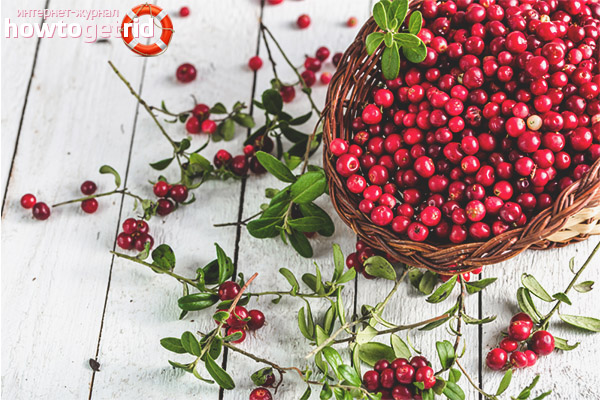
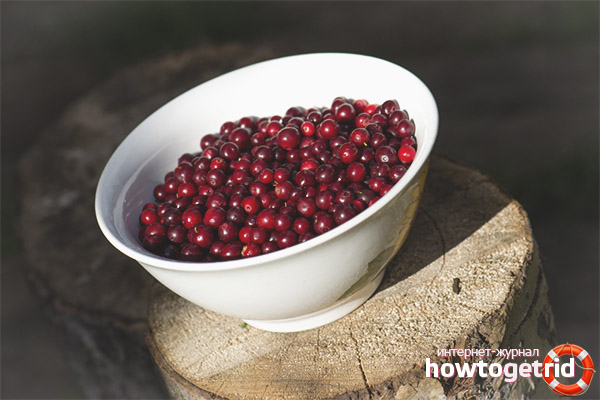

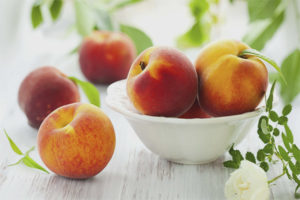
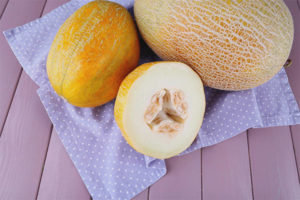
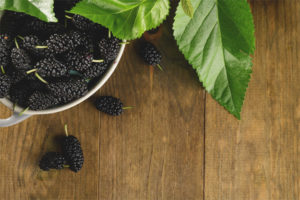
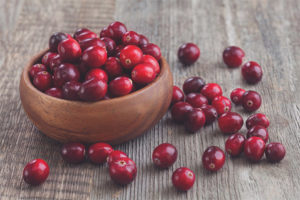
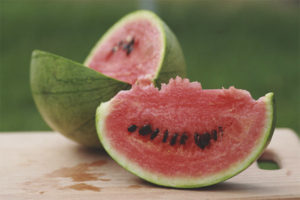
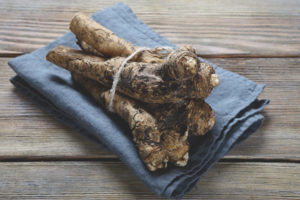
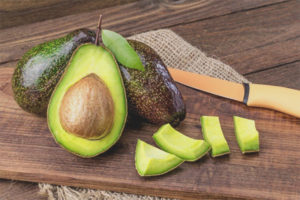
Submit